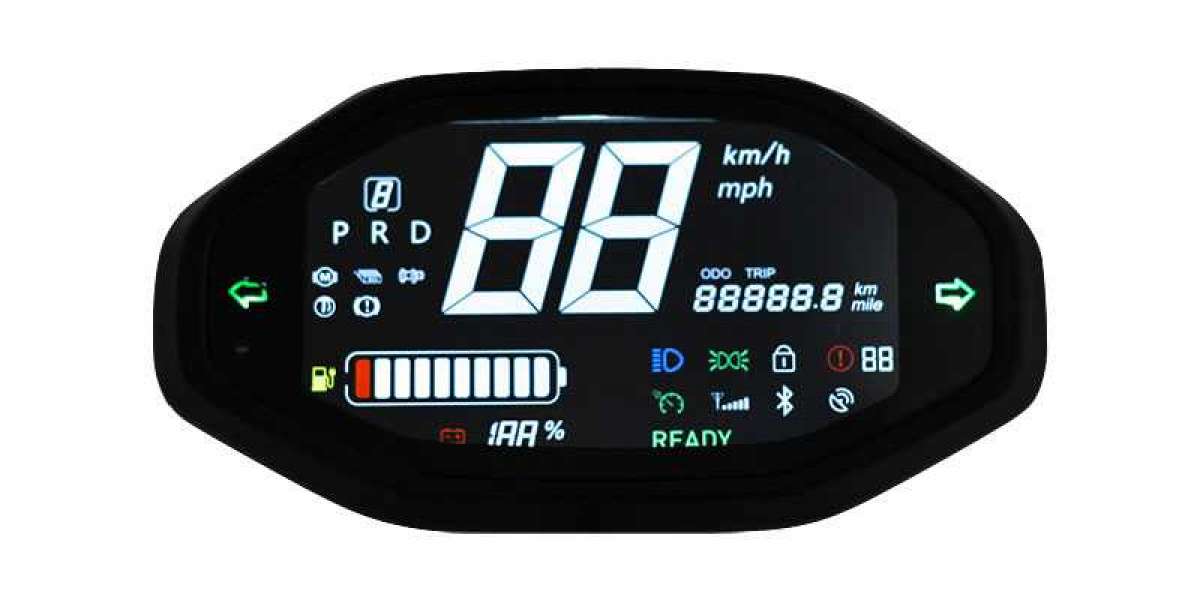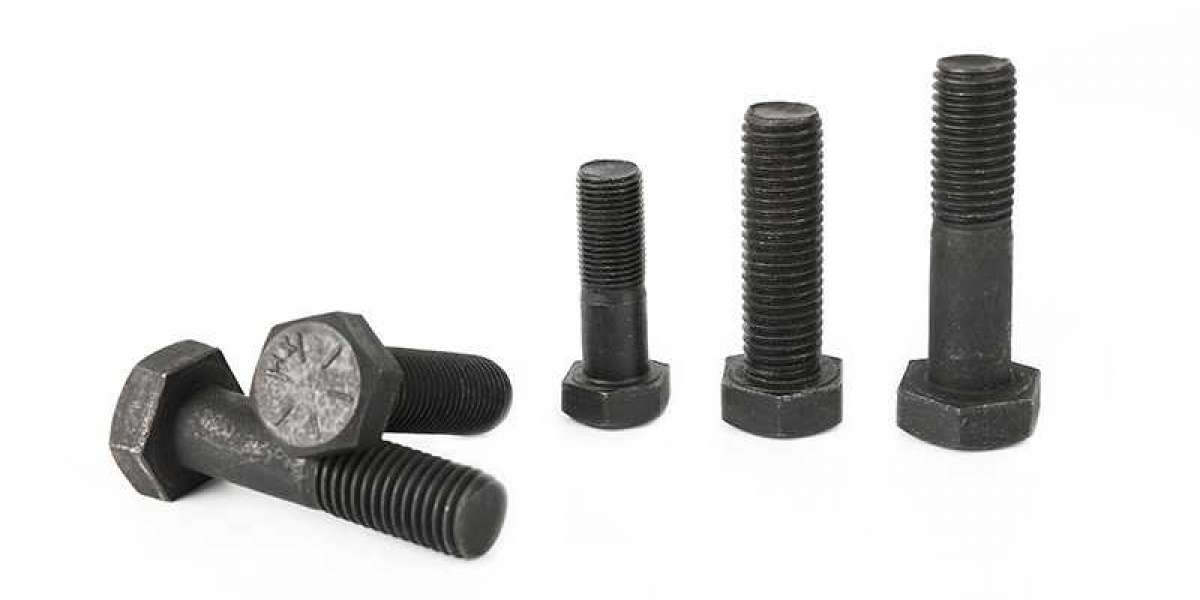The speedometer is an instrument that measures and displays the instantaneous speed of a vehicle. It was first patented by German engineer Otto Schultz in 1902, and it has become a standard accessory for most vehicles since around 1910. The original mechanical speedometer used the principle of magnetic force to rotate the cable into a balanced copper cup or aluminum cup (called a speed cup) with a magnet attached to it and attached a pointer. When the magnet rotates near the cup, the changing magnetic field generates an eddy current in the non-ferrous metal cover, and the eddy current itself generates another magnetic field. The result of this is that the magnet exerts a torque on the cup and drags it, thereby dragging the speedometer pointer to move in the direction of rotation, without a mechanical connection between them. The counter is driven by a gear transmission connected to the output of the vehicle transmission.
Modern speedometers are mainly electronic. A rotation sensor is installed in the transmission. The sensor transmits a series of electronic pulses whose frequency corresponds to the speed of the driveshaft and the speed of the vehicle. The pulse is converted to speed by a computer, and the speed is displayed on an electronically controlled analog pointer or digital display.
The speedometer must be stylish and match the unique appearance and style of each car. For us, a speedometer is more than just an instrument for measuring speed. For more information about general speedometers or meters, please contact us through the YC speedometer manufacturer.



